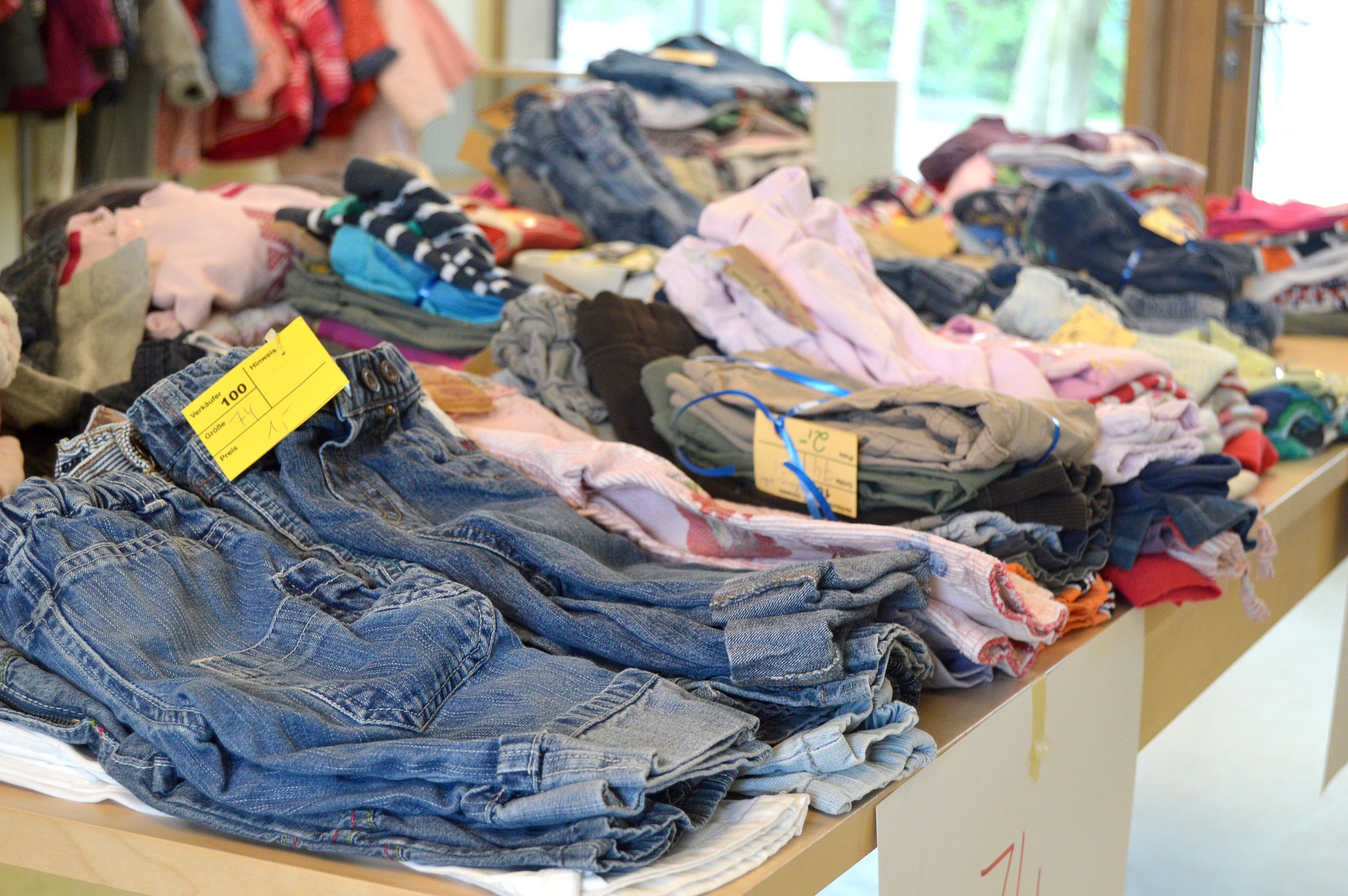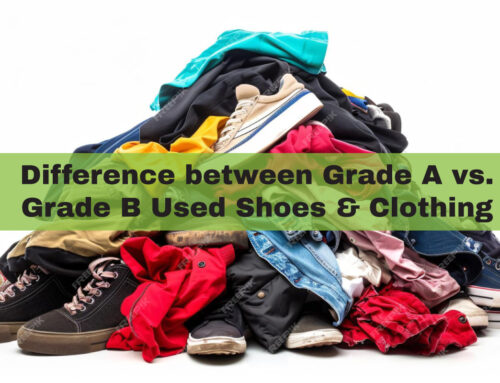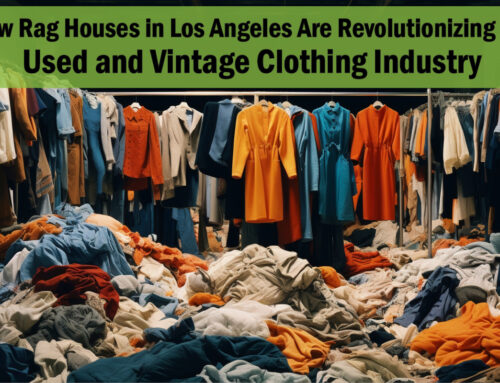Big brands like H&M and Zara are reaping the benefits of the flourishing fast fashion trend that swept the world in the 1990s. When there are so many affordable garments in the market, it makes little sense to reuse clothes for any occasion. If you also follow the same strategy of buy-wear-throw, have you ever paused and thought for a minute, what happens to your used clothing? Where does it go, and what effect does it have on the environment?
What happens when you discard your old clothes?
When it comes to getting rid of your old clothes, you usually have two options: throw them away or donate them.
- Discard: On average, an American spends USD 1800 on clothes and throws away textiles worth 200 T-shirts each year. When you send your used clothing in trash, the majority of it ends up in landfills. Here, the waste is burnt, causing widespread emission of CO2 and release of other harmful substances. In addition, most clothing items are made of synthetic fibers like polymer. As a result, it further adds the amount of non-biodegradable plastic in the environment.
- Donate: On the other hand, when you donate your clothes, they usually end up in thrift stores, clothing rentals, or recycling centers. While thrift stores make buying more affordable for everyone, recycling facilities assist the textile sector in reducing its ecological footprint by processing discarded clothing. For instance, in a small Italian town named Prato, tons of used clothing are collected from various corners of the world. The collected material is recycled and sold to fashion brands to prepare their new collection.
Although CO2 emissions are very low in recycling, the entire process is time-consuming and expensive. Furthermore, the infrastructure needed to recycle millions of tons of discarded clothing is lacking. According to reports, due to these factors, less than 1% of all waste clothing is actually recycled. That is why resale is becoming increasingly popular. In fact, in its waste hierarchy, the European Union has also prioritized “reuse” over “recycling.”
Why is the used clothing industry expanding?
The used clothing industry is growing at an exponential rate. Earlier, consumers believed that wearing used apparel affected their social status. With the onset of fast fashion, they adopted a disposable attitude towards clothes as well. Due to this change in consumer behavior, the companies also started overproducing to meet consumer demand. The impact of all these developments proved disastrous for the planet.
For a long time, manufacturers have exploited natural resources carelessly, making the textile sector one of the most polluting industries in the world. However, both companies and consumers have become more conscious about their actions and their impact on the environment. As the world is working tirelessly on engineering ways to promote sustainable practices, major trends have taken over the fashion industry. One of these includes the growth of the used clothing market.
How do companies benefit from used clothing initiatives?
Companies invest a significant amount of money, time, and resources in creating their products. Rather than sending their hard work to landfills to be burned, it is always preferable to deliver them to markets where they can be sold for a better price. This not only helps in using the product to its maximum potential but also reduces its carbon footprint. In other words, it helps to create a circular economy. Besides, the consumers have also become environmentally conscious, demanding both cheaper and greener goods. Environmental organizations and governments also exert significant pressure on brands to switch to eco-friendly means of production, distribution, and disposal.
Due to these developments, many new profitable organizations have emerged that specifically deal in selling or leasing used clothing like ThredUP Resale. Rental stores are also on the rise as they provide customers access to high-end clothing without stressing the need for more new production.
Why are consumers increasingly opting for used clothing?
Thanks to the awareness campaigns undertaken worldwide, consumers have become aware of how their buying patterns are affecting the health of the planet. There has been a change in consumer buying behavior in recent years, and the demand for eco-friendly products has increased substantially. In addition, the initial attitude regarding worn apparel has shifted. People now increasingly purchase second-hand clothing as it offers them high-quality clothes at a lower price and at the same time helps in conserving the environment. Furthermore, consumers no longer throw their used clothes after a handful of uses. Instead, they try to find alternative ways of utilizing them or donating them for better purposes.
Overall, the global drive for a sustainable environment has increased the need for adopting environment-friendly measures. Looking at the new trends, experts foresee a bright future for the used clothing industry. While reselling second-hand apparel should definitely be encouraged, recycling those that cannot be resold is equally essential.






